Transient Response
20% Load – 20ms
| Voltage | Before | After | Change | Pass/Fail |
| 12V | 12.142V | 12.004V | 1.14% | Pass |
| 5V | 4.987V | 4.896V | 1.83% | Pass |
| 3.3V | 3.310V | 3.242V | 2.05% | Pass |
| 5VSB | 5.067V | 5.007V | 1.18% | Pass |
50% Load -20ms
| Voltage | Before | After | Change | Pass/Fail |
| 12V | 12.136V | 12.066V | 0.57% | Pass |
| 5V | 4.983V | 4.900V | 1.66% | Pass |
| 3.3V | 3.305V | 3.233V | 2.17% | Pass |
| 5VSB | 5.045V | 4.981V | 1.27% | Pass |
The transient response is excellent at 12V, where it matters the most. It is also pretty good on the other rails.
Transient Response ATX v3.1 Tests
The PSU passes all ATX v3.1 transient response tests.
The 12V rail keeps its voltage level at a very high level in the 200% load test.
Pages:
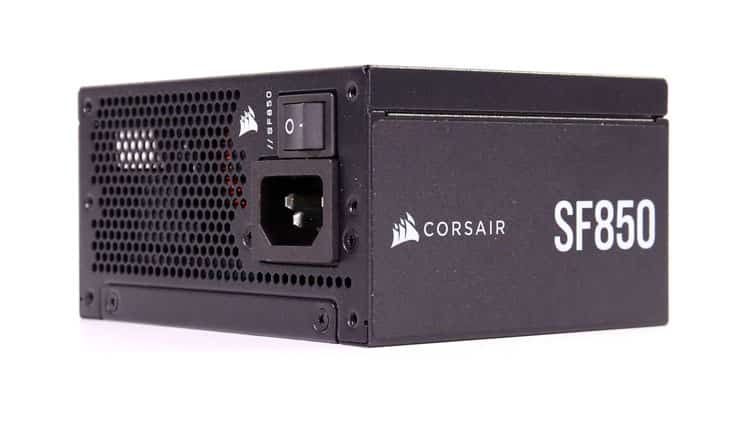
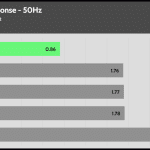

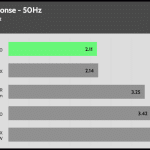
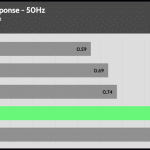
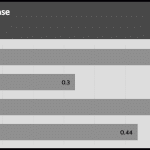
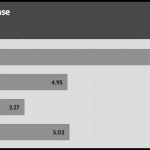

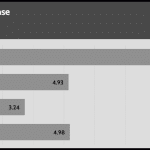
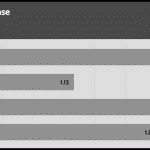
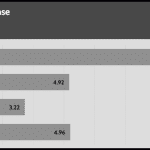
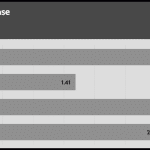
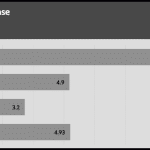
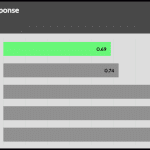
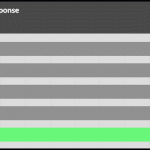
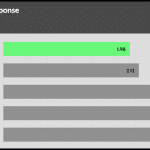
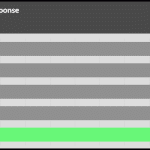
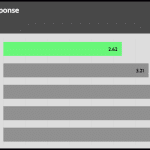
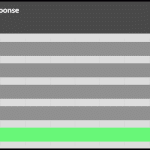
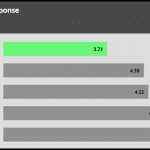
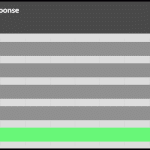
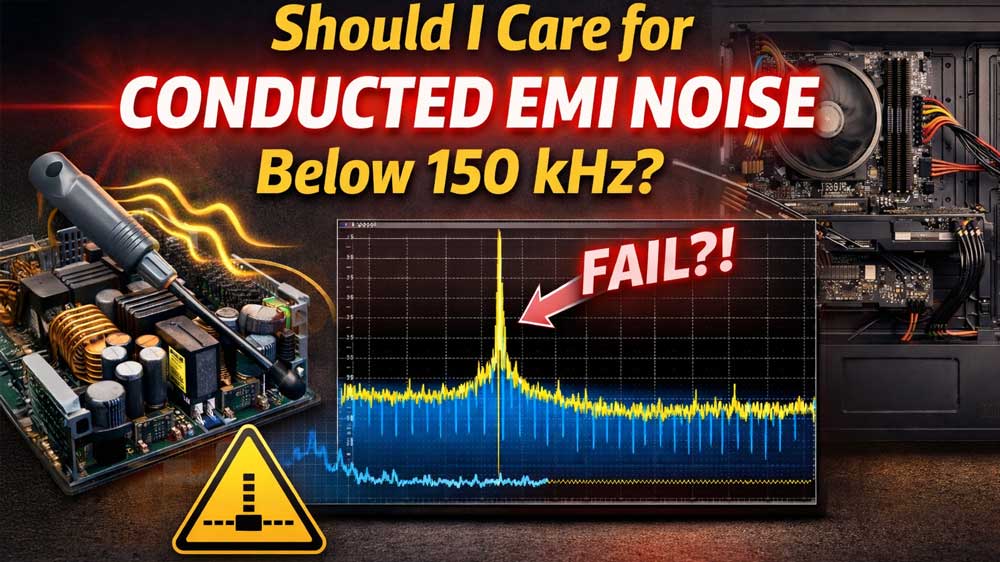
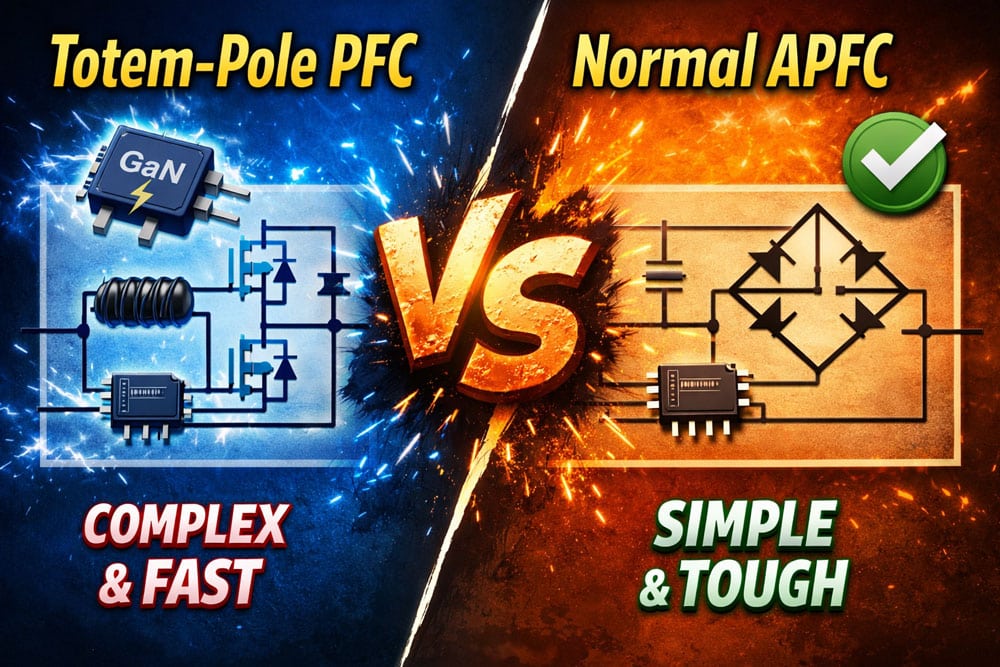
Hi, I have this PSU and it suffer to very loud coil whine when the GPU is used (benchmarks, gaming).
Also sometimes I hear clicks from inside, for example when I run a benchmark.
Do you think I should replace it?
Thanks!
Hello, I am in awe of your detailed reviews! Thank you for your work!
About this power supply: so it’s safe to say it’s one of the best? The minuses you mentioned – do they cause any inconvenience for the average PC user? Or are they just your comments that the company could have fixed to make the power supply perfect?
My build at the moment (with further upgrades to come):
AMD Ryzen 9 9900X
AMD Radeon RX 7800 XT 16GB
G.SKILL Ripjaws M5 Neo RGB Matte Black
DDR5 6000MHz 32GB
NOCTUA NH-D15S
WD Black SN770 1TB M.2 NVMe
In the future I plan to change the processor and graphics card. I have very significant difficulties with the choice of power supply, because when you buy it – expect to work for a long time and without headaches).
Translated with DeepL.com (free version)
it is one of the best SFX units, yes